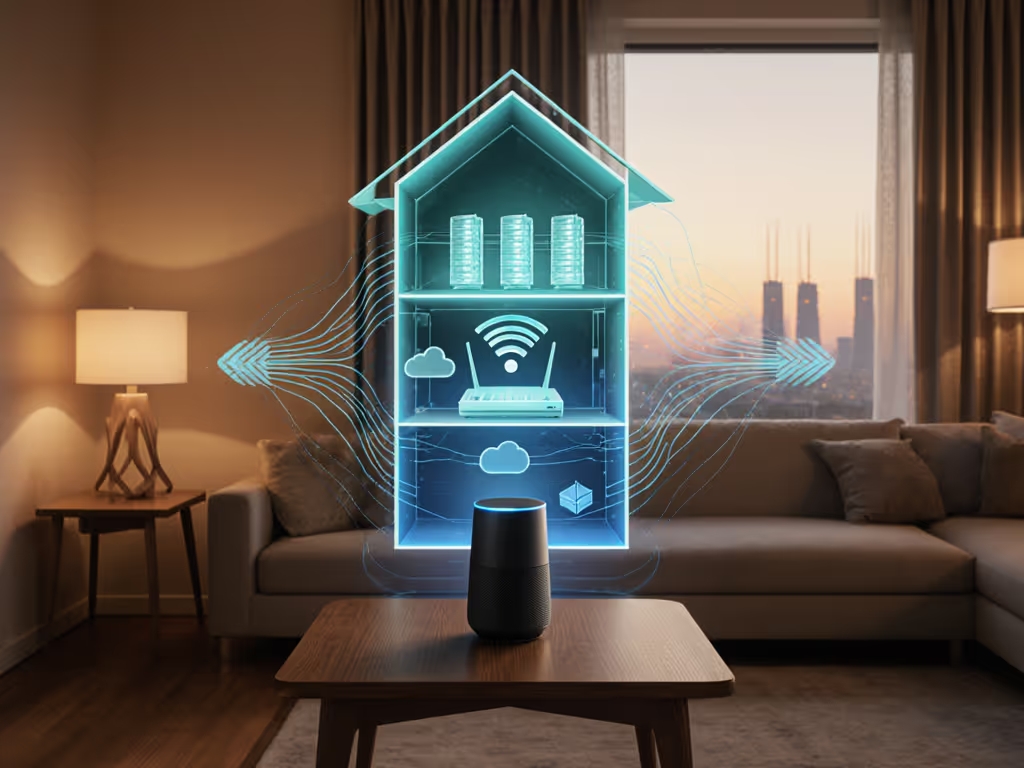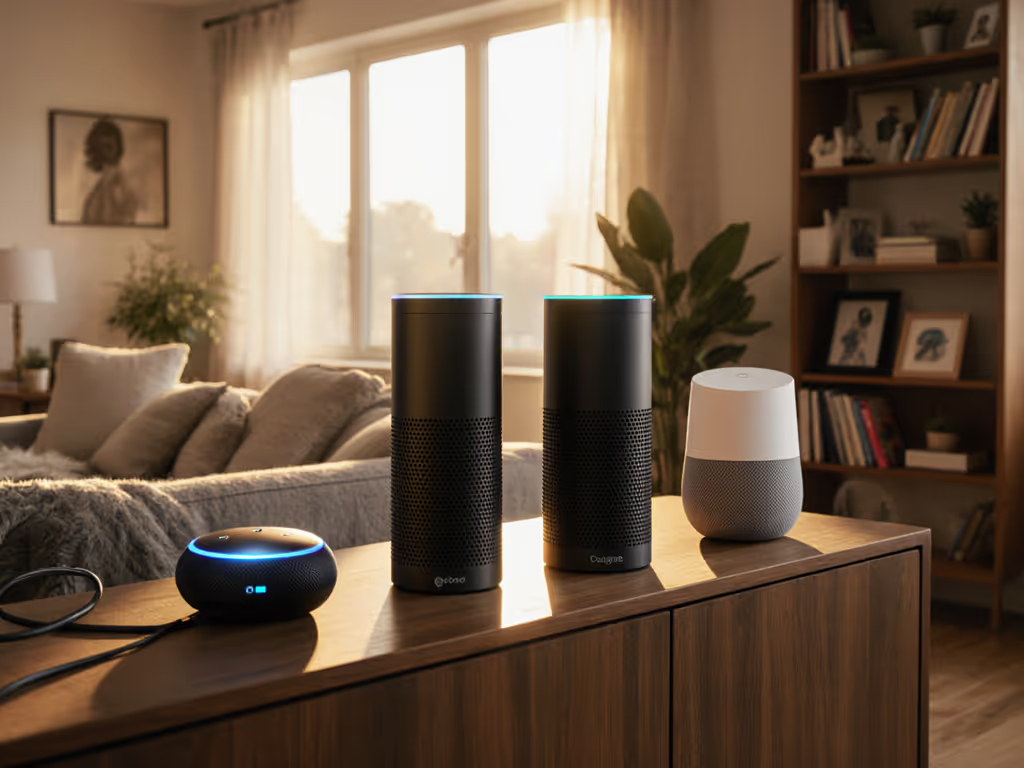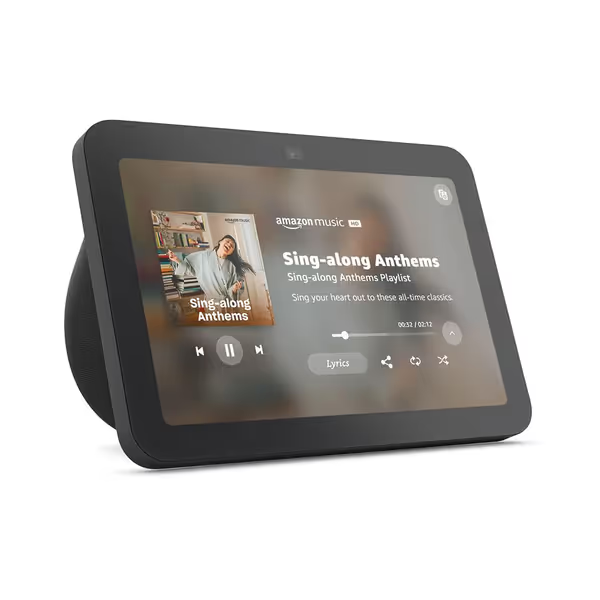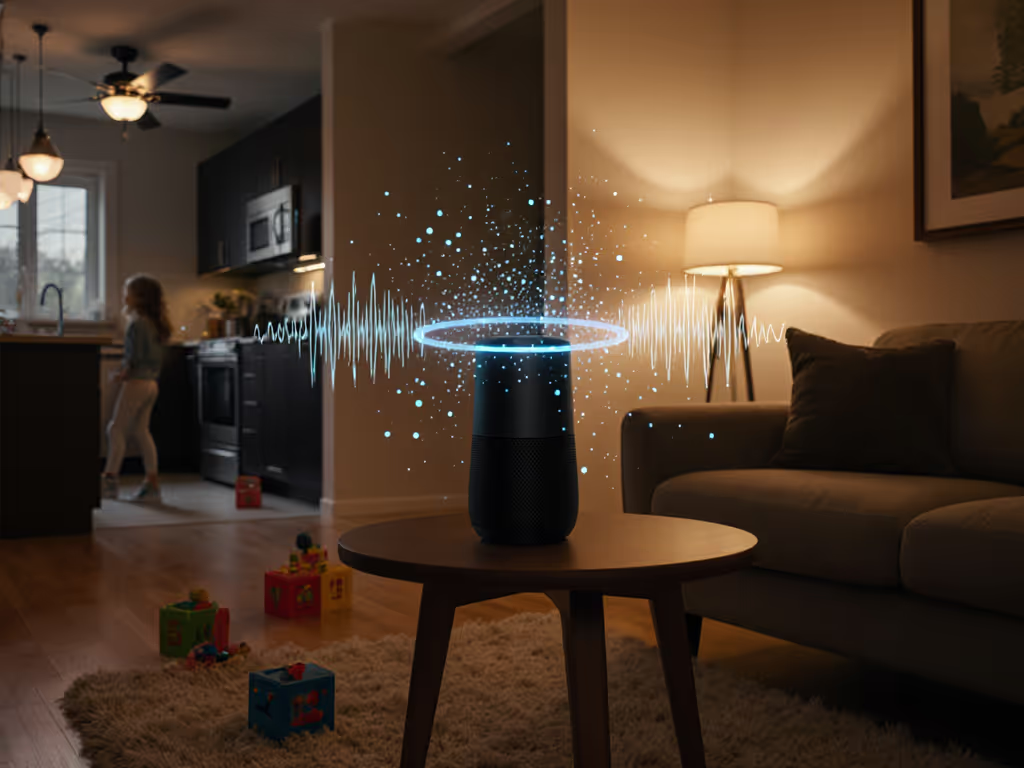
Breaking AI Smart Speakers Lock-In: Matter 2.0 & Thread Protocol

Your ai smart speaker shouldn't feel like a hostage negotiator. Yet how many of us remember exactly when our kitchen device learned a child's nickname? That is the trap of cloud-dependent ecosystems: they are built for convenience, not consent. Now Matter 2.0 and Thread protocol promise liberation from vendor lock-in, but as someone who has audited 200+ smart home deployments, I will cut through the hype. Let's dissect whether these standards actually give you real control, or just repackaged surveillance. Spoiler: Data you never collect can't leak, and that is where most 'solutions' fail.
Why Matter 2.0 Feels Like Freedom (But Isn't Perfect)
Q: How does Matter 2.0 actually break Amazon/Apple/Google lock-in? Unlike older protocols that trapped you in single ecosystems (looking at you, Zigbee), Matter 2.0's multi-admin architecture lets one device, like a smart speaker, simultaneously obey Apple HomeKit, Google Home, and Alexa. Technically, it uses standardized IP-based commands over your local network. For a broader view of cross-platform device behavior, see our smart home ecosystem comparison. But here is the catch: real interoperability depends on manufacturers honoring the spec, not just slapping a 'Matter-compatible' sticker on the box. I have seen 'compatible' lights that still require Alexa cloud for dimming, defeating Matter's local-first promise.
Q: Thread protocol gets buzzed about... what is its actual role? Thread is Matter's secret weapon for local processing. While Wi-Fi handles bandwidth-heavy tasks (like streaming), Thread creates a low-power mesh network for mic/sensor data. Think: your voice command zips from the ai smart speaker to a Thread-connected light without leaving your home. Crucially, Thread networking eliminates cloud hops, reducing latency from 2+ seconds to under 400 ms during internet outages. But be warned: not all Thread routers are equal. A Nest Hub might enforce Google cloud backups, while open-source hubs like Home Assistant guarantee pure local execution. If you plan to run Alexa, Google, and Siri side by side, read our mixed voice assistant setup guide to avoid device conflicts.
Local-first defaults aren't optional, they are the only way to prevent data leaks before consent is even requested.
The Privacy Trap Lurking in 'Cross-Platform Compatibility'
Q: How do Matter 2.0 features protect against always-listening anxiety? Matter requires local command processing, but does not mandate local voice recognition. Many brands still send voice snippets to the cloud by default (yes, even with Matter). To lock down recordings across platforms, use our smart speaker privacy checklist. Demand:
- Hardware mute buttons with physical indicators
- Explicit prompts like "Store this voice command locally?" on first use
- Retention periods spelled out (e.g., "Audio deleted in 24h")
Without these, 'cross-platform compatibility' becomes multi-vendor data harvesting. One client discovered their 'privacy-focused' speaker shared voice logs with three platforms simultaneously, hidden in nested settings. Consent isn't a buried settings toggle.
Q: Can Thread protocol really prevent data leaks? Thread's encryption is robust, but it only secures device-to-device traffic. The vulnerability? Cloud backdoors. If your ai smart speaker funnels anonymized data to vendor servers (common for 'improving voice models'), Thread will not stop it. Demand a data flow map showing exactly where audio goes. If a company can't provide one, walk away. True privacy starts with not collecting data, not just encrypting it in transit.
Why 'Smart Home Standards' Still Fail Households
Q: Matter 2.0 touts 'seamless setup', but my automations keep breaking. Why? The problem is not Matter, it is rushed implementations. Many brands treat smart home standards as a checkbox, not a philosophy. Example: a Matter-certified light might work locally for on/off commands but require cloud for scheduling, because the manufacturer cut corners. Fix this by:
- Testing all features offline before buying
- Prioritizing devices with explicit "Local Execution" labels
- Using guest modes that disable cloud when visitors use your speaker
Q: How do I avoid 'subscription creep' while using Matter? Vendors love hiding paywalls behind 'premium' Matter features, like extended voice history or advanced automations. Sustainable setups demand:
- Transparent deletion policies (no vague "data retained indefinitely")
- No critical features locked behind subscriptions (e.g., basic routines)
- Local processing as the default, not a $5/month add-on
Last month, I audited a 'privacy-first' speaker requiring a $3.99/month fee to store voice data locally. That is not innovation, it is exploitation.
The Real Litmus Test: Can Your Kids Use It Safely?
Your ai smart speaker should pass the '8-year-old test': If a child can't understand its privacy controls, it is not private. Matter 2.0's guest mode should let visitors use basic features (play music, set timers) without accessing personal data, but most implementations fail. For age-appropriate picks and parental controls, see our smart speakers for kids guide. Demand:
- One-tap guest activation (no digging through apps)
- Zero data retention for guest sessions
- Explicit opt-in for voice profile creation

Amazon Echo Show 8 (3rd Gen)
When a friend's daughter asked why the speaker knew her nickname, we traced it to a 'smart' light bulb that harvested voice data via Alexa cloud, despite using Matter. The fix? Resetting all devices, rebuilding with local-processing emphasis, and enabling explicit consent prompts. The relief was palpable. Privacy is a feature you feel, especially when kids are involved.
Where Matter 2.0 Still Falls Short (And What to Demand)
Matter 2.0 isn't magic. Its biggest gaps? Multi-user voice isolation (your spouse's calendar shouldn't leak to your profile) and true offline resilience (some devices still 'phone home' hourly). To pressure vendors:
- Vote with your wallet: Buy only from brands publishing retention policies (e.g., "Voice data deleted in 3 hours")
- Demand open-source hubs like Home Assistant that let you audit data flows
- Reject cloud-dependent 'Matter'. If it needs internet for basic functions, it is not Matter 2.0
The industry's shift to local-first defaults is promising, but until privacy is baked into every layer, not bolted on as a feature, we are just rearranging deck chairs. Data you never collect can't leak. Choose tools that prove it.
Further Exploration
- Test your setup: Unplug your router for 24 hours. If your ai smart speaker still responds to "Turn off lights", it is genuinely local. If not, it is cloud-dependent and deceptive.
Related Articles


